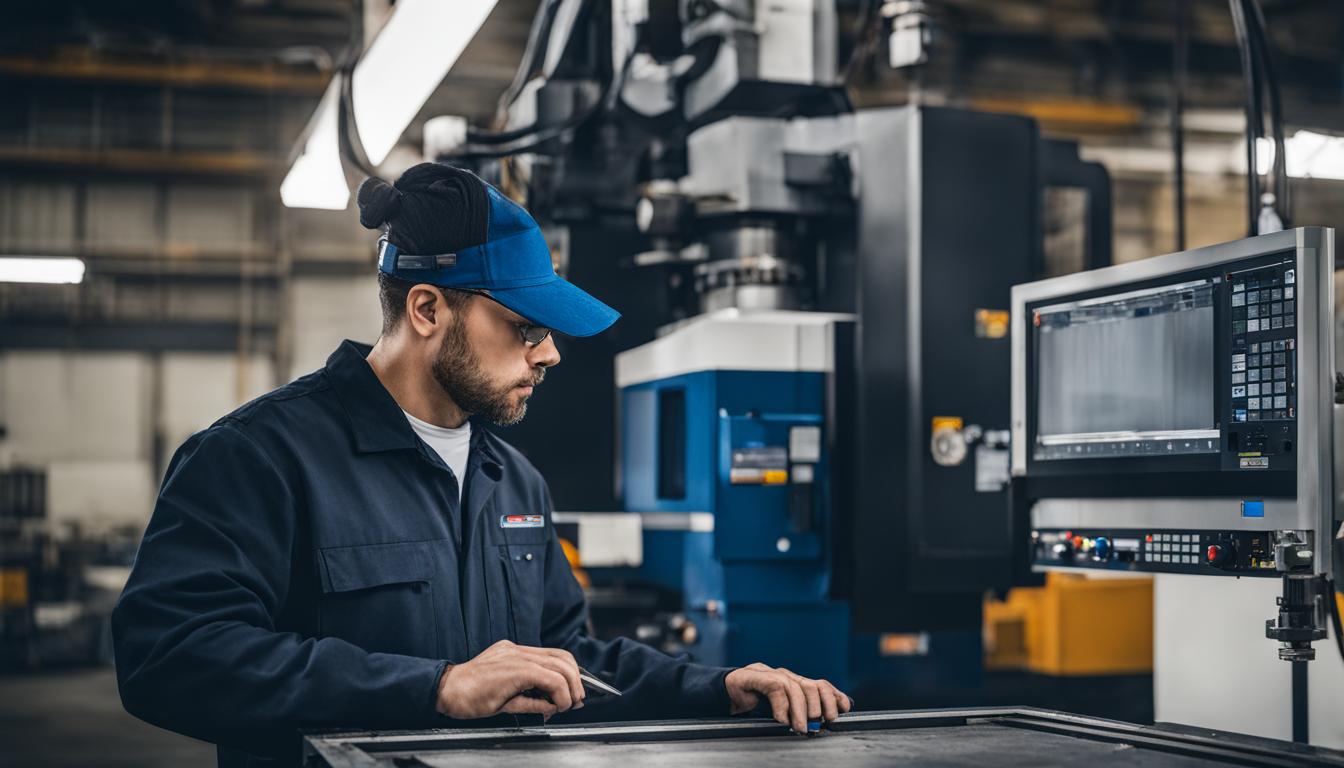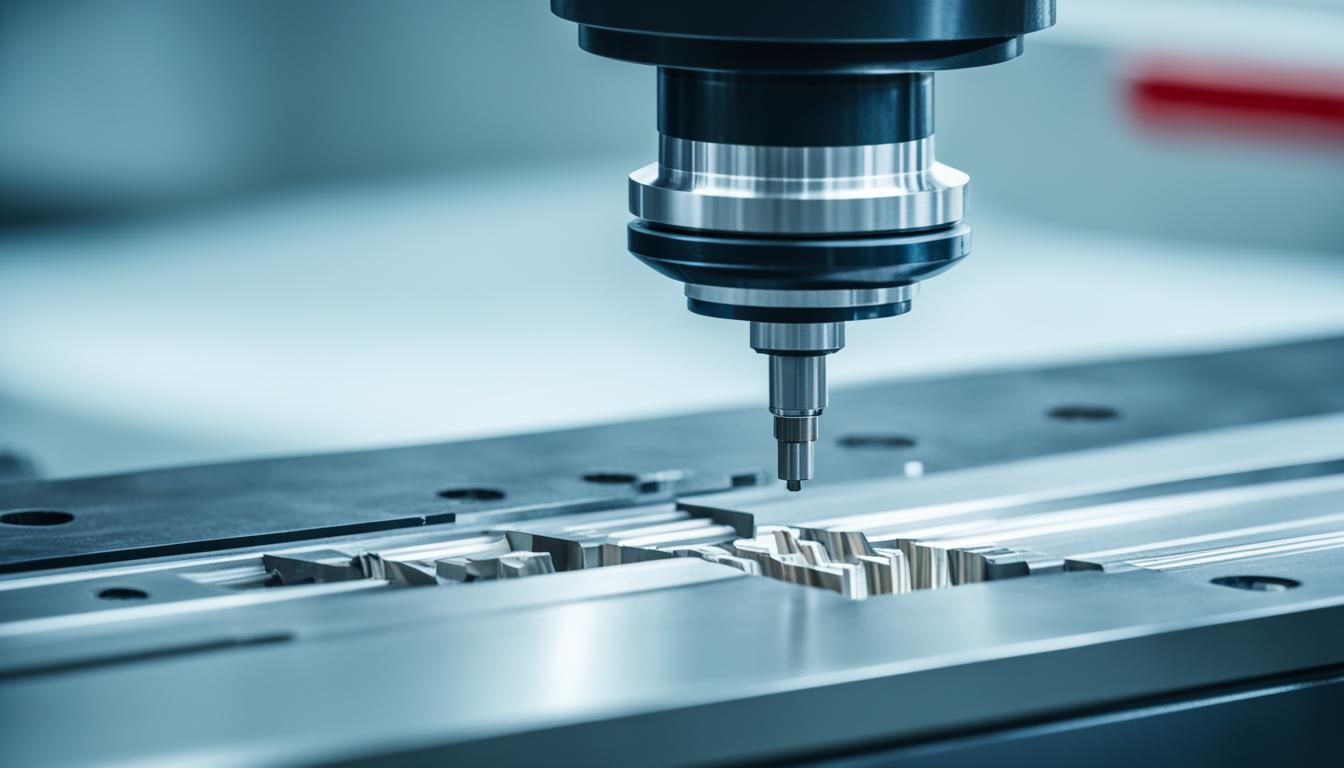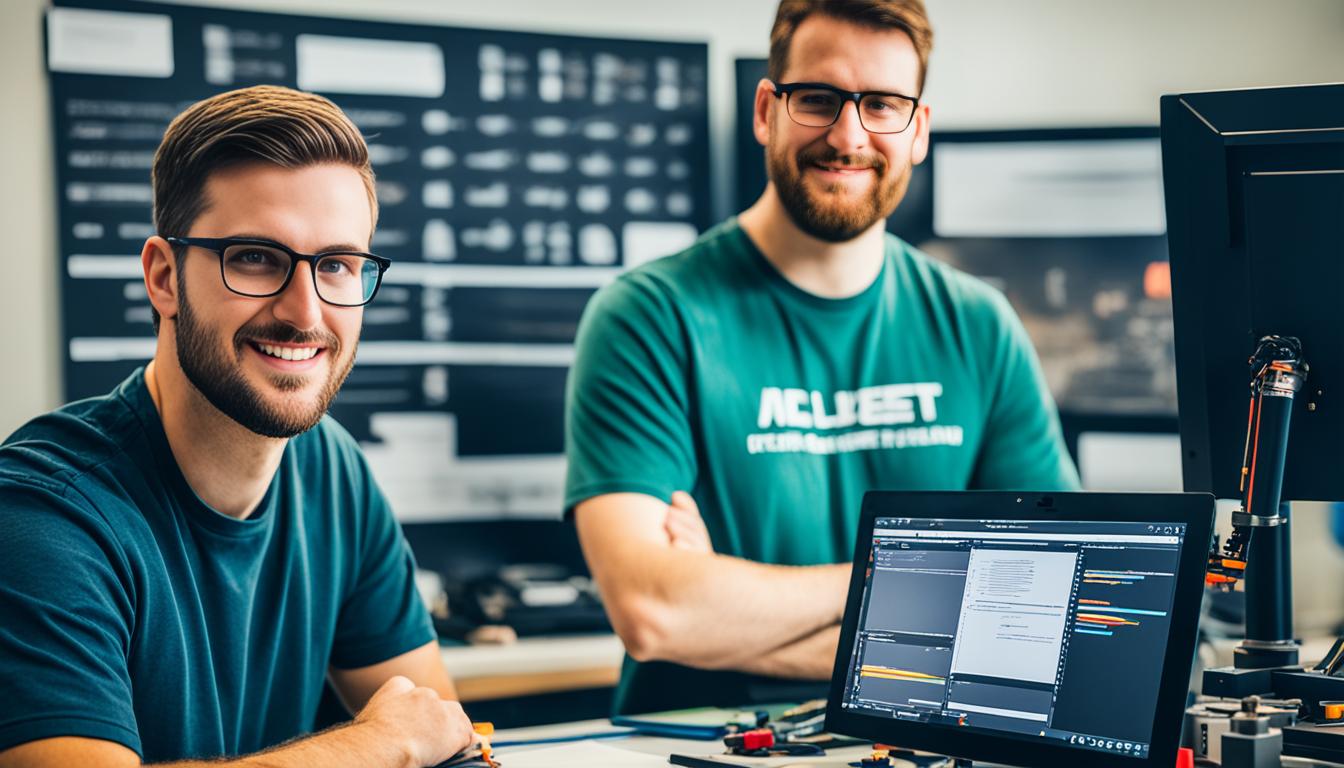CNC machining operations encompass a wide range of processes that utilize computer-controlled machinery to create precise parts and components. These operations include milling, turning, drilling, and grinding, each with its own unique characteristics and applications. Milling involves using rotating cutting tools to remove material from a workpiece, allowing for the creation of complex 3D shapes and surfaces. Turning, on the other hand, involves rotating the workpiece against a stationary cutting tool to produce cylindrical parts.
Drilling is used to create holes of various sizes and depths, while grinding employs abrasive wheels to achieve extremely smooth finishes and tight tolerances. CNC machining operations are characterized by their high accuracy, repeatability, and efficiency, making them ideal for producing large quantities of identical parts or creating intricate, custom components. The use of computer-controlled systems allows for precise control over tool paths, cutting speeds, and feed rates, resulting in superior surface finishes and dimensional accuracy compared to manual machining methods.
CNC machining offers the flexibility to work with a wide range of materials, including metals, plastics, and composites, making it a versatile solution for various industries such as aerospace, automotive, and medical device manufacturing.
- Choose the right programming tools for your needs, such as CAM software, Conversational CNC, or hand-written G-code.
- Understand the importance of feeds and speeds and utilize a feeds and speeds calculator for accurate programming.
- Program the part using your chosen method, whether it’s G-code in CAM software, conversational CNC, or hand-written G-code.
- Update the setup sheet to match the part program and include information about operations, tool list, part zero, work offsets, and workholding.
- Verify the setup sheet to ensure the accuracy of the part program, operations, tool list, workholding, and other important details.
Choosing the Right Programming Tools
When stepping into the world of CNC programming, one of the first decisions you’ll need to make is which programming tools to use. There are three main options to consider: CAM software, Conversational CNC, and hand-written G-code.
CAM software: This is the most powerful tool and is best suited for complex part programs. CAM software offers advanced features and capabilities, allowing you to create intricate designs and generate accurate toolpaths.
Conversational CNC: If you are working on simple parts or features that can be easily done on a manual machine, Conversational CNC is a great option. This programming method allows you to input details in a user-friendly interface without the need for extensive knowledge of G-code.
Hand-written G-code: Hand writing G-code is commonly used for lathe programs. While it may require more manual effort, it provides maximum control and flexibility. This method is suitable for experienced programmers who are comfortable working directly with G-code.
Regardless of the programming tools you choose, one critical aspect that you need to consider is determining the proper feeds and speeds. Feeds and speeds refer to the rate at which the cutting tool moves through the material and the rate at which the material is fed into the cutting tool. This is one of the most challenging aspects of CNC programming, as it directly impacts the performance and quality of your machining operations.
An effective way to determine the optimal feeds and speeds for your CNC machining processes is by using a feeds and speeds calculator. These calculators take into account factors such as the material being machined, tooling parameters, and machine capabilities to provide accurate recommendations. By using a feeds and speeds calculator, you can streamline the programming process and achieve optimal results in your CNC operations.
Programming the Part
Once you have chosen your programming method, it’s time to program the part. Depending on your preference and requirements, you can use CAM software, Conversational CNC, or hand-write G-Code.
- If you are using CAM software, you will create a G-Code part program using the software. CAM software is a powerful tool that allows you to generate complex part programs based on your design.
- Conversational CNC, on the other hand, provides a user-friendly interface that allows you to generate a G-Code part program through its menu options. This method is ideal for simple parts or features that can be easily executed on a manual machine.
- If you prefer a more traditional approach, you can hand-write the G-Code program. This method is commonly used for lathe programs and gives you full control over the programming process.
Regardless of the programming method you choose, it’s important to update your setup sheet to match the part program. The setup sheet should include information about the operations, tool list, part zero, work offsets, and workholding. By having a comprehensive setup sheet, you ensure that the operator has all the necessary information to run the CNC machine accurately.
| Operations | Tool List | Part Zero | Work Offsets | Workholding |
|---|---|---|---|---|
| Milling | End Mill | X0 Y0 Z0 | G54 | Vise |
| Drilling | Drill Bit | X10 Y5 Z-5 | G55 | Fixture Plate |
| Surface Finishing | Ball Nose End Mill | X20 Y10 Z5 | G56 | Magnetic Chuck |
| Turning | Turning Tool | X0 Z0 | G57 | Lathe Chuck |
| Boring | Boring Bar | X2 Z-5 | G58 | Steady Rest |
A well-prepared setup sheet ensures smooth operation and reduces the chance of errors during the CNC machining process.
Verifying the Setup Sheet
The setup sheet is a critical component of CNC programming that ensures the accuracy of the part program. It serves as a tool for CNC operators to reference important information during the machining process. Verifying the setup sheet involves cross-checking various elements to guarantee a smooth and error-free operation.
Setup Sheet Contents
The setup sheet contains crucial details that enable successful CNC programming and machining:
- Operations: A list of the machining operations required to complete the part.
- Tool List: An inventory of the tools needed for each operation, including tool numbers, descriptions, and dimensions.
- Workholding: Information about the fixtures or workholding devices utilized to secure the part during machining.
- Part Zero: The reference point that establishes the origin for all the machining operations.
- Work Offsets: Values used to adjust the position of the tool relative to the part zero, compensating for variations in workpiece dimensions.
Verification Process
Verifying the setup sheet involves meticulously reviewing and confirming the following:
- The operations listed in the setup sheet match the sequence specified in the part program.
- The tool list corresponds to the tools required for each operation, ensuring they are available and suitable for the task.
- The workholding fixtures align with the assumptions made in the part program, ensuring proper clamping and positioning of the part.
- The part zero and work offsets are accurately defined and reflected in the CNC program.
Operator Instructions
The setup sheet also serves as a guide for the CNC operator, providing essential instructions and variables to pay attention to during the machining process. These instructions can include feed rates, spindle speeds, coolant settings, and any specific notes or considerations unique to the part program.
Verifying the setup sheet not only ensures the accuracy of the part program but also assists the CNC operator in executing the machining process efficiently and effectively.

| Setup Sheet Verification Checklist |
|---|
| Operations |
| Tool List |
| Workholding |
| Part Zero |
| Work Offsets |
| Instructions and Variables |
Resources for Setup Sheets
Creating effective setup sheets is crucial for productivity and efficiency in CNC machining. To help you improve your setup sheets, there are several resources available that provide valuable guidance and insights. One such resource is CNCCookbook, a widely recognized platform in the CNC community.
CNCCookbook offers a wide range of articles and tutorials on setup sheets, specifically designed to assist CNC programmers in creating great setup sheets. These resources cover various topics, including best practices, tips and tricks, and common challenges when creating setup sheets.
One notable resource provided by CNCCookbook is a simple Excel template for setup sheets. This template serves as a starting point for beginners and provides a structured layout that can be customized to fit individual needs and preferences.
Shop Productivity Survey
In addition to setup sheet articles and tutorials, CNCCookbook also conducts a Shop Productivity Survey. This survey allows readers to share their experiences and ideas on how setup sheets impact shop productivity.
By participating in the Shop Productivity Survey, CNC programmers can gain valuable insights from industry professionals and fellow programmers. The survey offers a platform for discussions on the importance of setup sheets, their role in optimizing shop productivity, and the challenges faced in implementing effective setup sheet practices.
Utilizing the resources provided by CNCCookbook can significantly enhance your CNC programming skills and help you optimize your setup sheets. By leveraging the knowledge and experiences shared through setup sheet articles and the Shop Productivity Survey, you can stay updated with the latest industry practices and continuously improve your setup sheet creation process.
Understanding CNC Programming
In the world of computer-controlled machines, CNC programming plays a vital role in creating precise instructions that dictate the movements and functions of these advanced systems. CNC programming involves the use of G-code to control the positioning of tools and execute various operations on the machine.
CNC programming is a skill that requires a deep understanding of the machine’s functions, tool positioning, and different programming codes. CNC programmers are responsible for translating designs into instructions that the CNC machine can understand and execute with exceptional accuracy and consistency.
At the core of CNC programming is the G-code, a language that consists of commands and coordinates that tell the machine what actions to perform. This code specifies the precise movements and operations required to transform raw materials into finished products. It is essential for CNC programmers to be well-versed in G-code to ensure the successful execution of manufacturing processes.
CNC programmers also need to have a solid understanding of the machine’s capabilities and limitations. They must know how to optimize tool paths, select appropriate cutting speeds, and manage tool changes efficiently. By leveraging their expertise, CNC programmers can maximize productivity, reduce errors, and improve overall manufacturing efficiency.

As CNC programming continues to evolve, the role of CNC programmers remains crucial in the manufacturing industry. These skilled professionals are instrumental in bridging the gap between design and production, enabling the creation of intricate and high-quality products.
| G-code | CNC Program | CNC Programmers |
|---|---|---|
| Defines the actions and coordinates for the CNC machine | Collection of instructions that control the CNC machine | Skilled professionals who create and optimize CNC programs |
| Dictates tool movements and functions | Specifies the sequence of operations for the machine | Translate designs into precise instructions for CNC machines |
| Enables precise positioning of tools | Ensures accurate and consistent execution of manufacturing processes | Play a crucial role in optimizing production efficiency |
Types of CNC Programming
When it comes to CNC programming, there are different methods available, each with its own advantages and suitability for specific applications. Here, we will explore three main types of CNC programming methods: manual programming, CAM programming, and conversational programming.
1. Manual Programming
Manual programming involves writing complex code using G-codes and M-codes to control the movements and operations of the CNC machine. This method provides maximum control and flexibility, allowing programmers to fine-tune every aspect of the machining process. However, it requires extensive knowledge and experience in CNC programming.
2. CAM Programming
CAM programming, short for computer-aided manufacturing programming, is a popular choice for converting CAD designs into CNC programming code. CAM software takes the digital models created in CAD software and generates precise toolpaths based on design parameters and machine capabilities. This method simplifies the programming process and enables complex designs to be easily translated into CNC programs.
3. Conversational Programming
Conversational programming is a beginner-friendly option that allows users to input details in simple language without the need for knowledge of G-codes. This method is ideal for straightforward shapes and basic operations, making it accessible to those who are new to CNC programming. Conversational programming software provides a user-friendly interface that guides users through the programming process step by step, allowing them to easily create CNC programs without extensive coding knowledge.
Each CNC programming method has its own strengths and considerations. Manual programming offers the most control but requires advanced skills, while CAM programming simplifies complex designs and conversational programming provides a beginner-friendly option. The choice of programming method depends on the specific requirements of the project and the expertise of the programmer.
| Programming Method | Advantages | Considerations |
|---|---|---|
| Manual Programming | – Maximum control – Flexibility |
– Requires extensive knowledge and experience |
| CAM Programming | – Simplifies complex designs – Precise toolpaths |
– Reliance on CAD software – Computer resources |
| Conversational Programming | – Beginner-friendly – No prior coding knowledge required |
– Limited to straightforward shapes and operations |
By understanding the different CNC programming methods, programmers can choose the most suitable approach for their projects, taking into account factors such as complexity, control requirements, and their own level of expertise.
CNC Programming Software
CNC programming software plays a crucial role in the manufacturing process by transforming designs into precise instructions for computer-controlled machines. There are three main types of software used in CNC programming: CAD software, CAE software, and CAM software. Let’s take a closer look at each one:
CAD Software
CAD software, short for Computer-Aided Design software, is used to create detailed digital models of the parts or products to be manufactured. Designers can use CAD software to visualize their ideas and make modifications before moving on to the programming stage. With CAD software, designers can precisely define the dimensions, shapes, and features of the part, ensuring accuracy and consistency in the manufacturing process.
CAE Software
CAE software, or Computer-Aided Engineering software, focuses on simulating and analyzing designs to ensure their functionality and reliability. It allows engineers to evaluate the mechanical properties, stress distribution, and performance of a design before it goes into production. By using CAE software, designers can identify potential issues and make adjustments to optimize the design, saving time and resources.
CAM Software
CAM software, which stands for Computer-Aided Manufacturing software, is the most vital tool in CNC programming. It converts CAD models into CNC programming code, also known as G-code, by generating efficient toolpaths based on design parameters and machine capabilities. CAM software takes into account factors such as cutting tools, cutting speeds, and feed rates to optimize the machining process and ensure precise execution of the design.
With the right combination of CAD, CAE, and CAM software, CNC programmers can streamline the manufacturing process, minimize errors, and maximize efficiency.
| Software Type | Main Functionality |
|---|---|
| CAD Software | Create detailed digital models of parts or products |
| CAE Software | Analyze and simulate designs for functionality and reliability |
| CAM Software | Convert CAD models into CNC programming code and optimize toolpaths |
Getting Started with CNC Programming
If you are new to CNC programming, there are several steps you can take to get started. First, it’s important to find suitable software that suits your needs. CAD (Computer-Aided Design) and CAM (Computer-Aided Manufacturing) software are commonly used in CNC programming. CAD software allows you to create digital models and designs, while CAM software converts these models into CNC programming code. Choosing the right software will depend on your specific requirements and the complexity of your projects.
Next, it’s crucial to brush up on math and computer programming concepts to build a solid foundation. Understanding basic mathematical principles and programming logic will greatly assist you in writing effective CNC programs. This knowledge will enable you to calculate speeds and feeds, determine toolpaths, and optimize your programming for accurate and efficient machining.
Starting with simple projects is also a great way to gain confidence and familiarity with CNC machines. Begin with smaller, less complex parts to practice programming and get comfortable with the machine’s operation. As you gain experience and proficiency, you can gradually take on more challenging projects and expand your capabilities.
Seeking assistance through CNC programming classes or online forums can provide valuable guidance and support. These resources offer opportunities to learn from experienced professionals and connect with others in the CNC programming community. Engaging with these communities can help you stay updated on the latest techniques, troubleshoot any issues you encounter, and learn from the collective knowledge of others.
In conclusion, getting started with CNC programming requires finding suitable software, building a solid foundation in math and programming concepts, starting with simple projects, and seeking guidance and support from the CNC programming community. By following these steps and dedicating consistent effort and practice, beginners can develop their CNC programming skills and achieve efficient and high-quality production.
